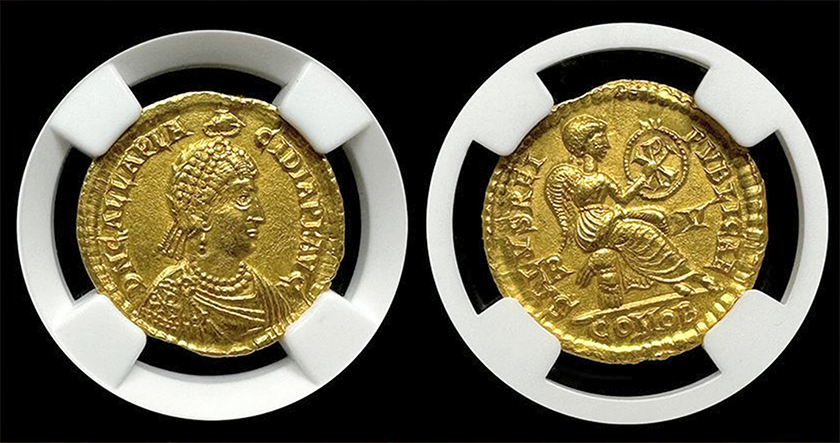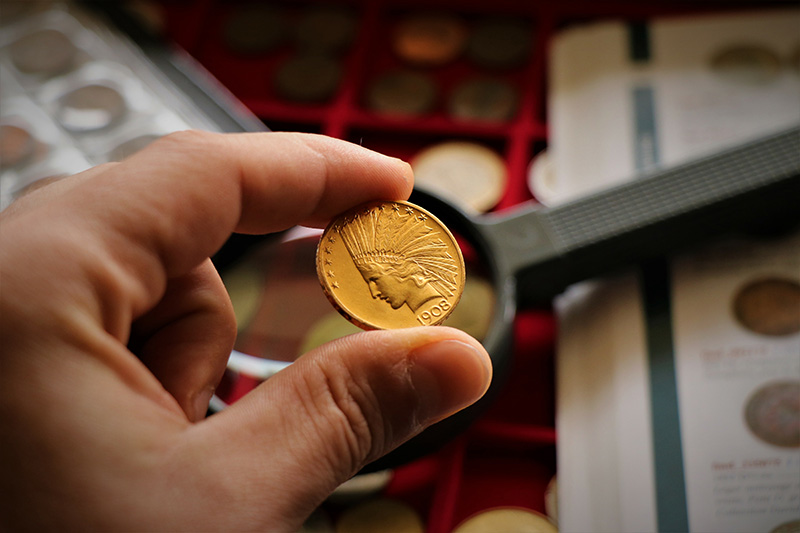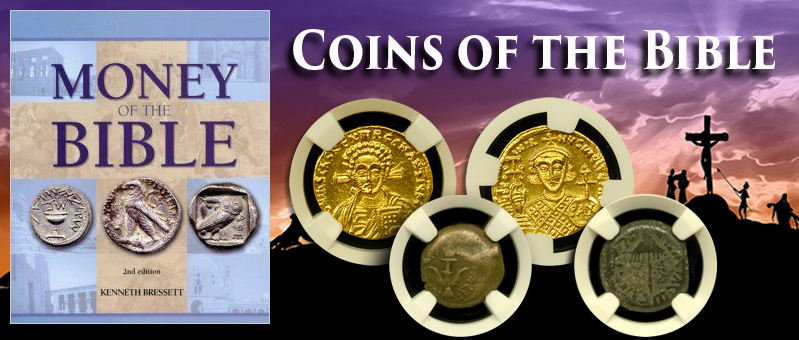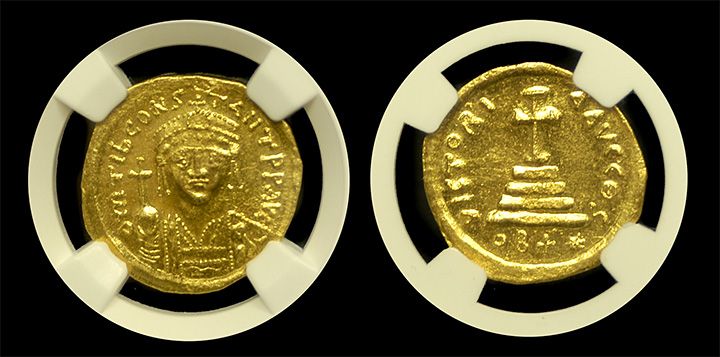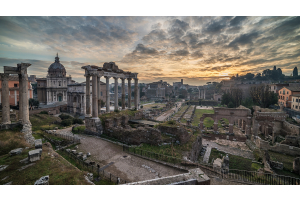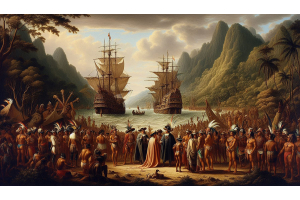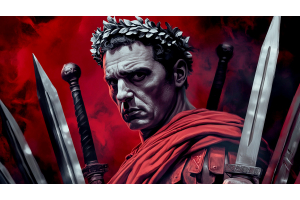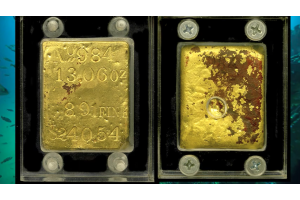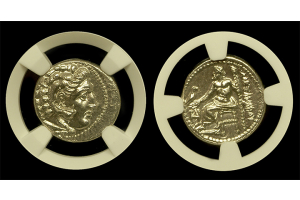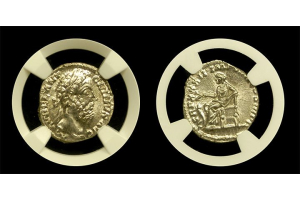Byzantine Empire
- Posted: April 26, 2024Read more »
Early Life and the Division of the Empire
Who was Galla Placidia? Galla Placidia, born around AD 388, was the daughter of Emperor Theodosius I and his second wife, Galla. Her early years were shaped by a rapidly changing Roman Empire. Specifically, after her father's death in AD 395, the empire split into Eastern and Western regions. This division set the stage for the political upheaval and power struggles that would become a constant in her life
Galla Placidia's upbringing within the Roman court afforded her a unique vantage point to observe and understand the inner workings of imperial politics. As power struggles intensified, she quickly learned the intricacies of alliances, betrayals, and strategic marriages. Despite the turbulence surrounding her, Galla Placidia cultivated strong relationships with influential - Posted: January 26, 2024Categories: Electrum Coins, Rare US Coins, Rare Gold Coins, Egyptian Empire, Alexander the Great, Rare World Coins, Rare Silver Coins, Shipwreck Coins, Medieval Coins, Ancient Persian Coins, Ancient Roman Coins, Silver Reales, Ancient Coins, Gold Escudos, Macedonian Empire, Ancient Greek Coins, Byzantine Empire, US Bronze Medal, Platinum Coins, World Gold Coins, Gold and Silver Bullion, Lydian Empire, Ancient Silver Coins, Ancient Egyptian EmpireRead more »
Introduction: A Guide to Building Your Unique Treasure
In the world of rare coin collecting, enthusiasts are captivated by history and welcome tips on collecting rare coins. Museums, such as the American Numismatic Association Money Museum, showcase extraordinary collections. The Smithsonian National Numismatic Collection and the British Museum contribute to our appreciation of rare coins, emphasizing their historical significance.
The allure of rare coins extends beyond museum walls. Auction houses and private collectors frequently make these numismatic treasures available for sale. Rare coin collecting is not just a cultural and historical journey; it's also an opportunity for financial gain. Rare collections, featuring sought-after coins, can
- Posted: December 01, 2023Read more »
Historical Tapestry of Coins from the Bible
The ancient and medieval coins associated with the Bible carry within them not just the weight of currency but the echoes of historical epochs. As we delve into the numismatic treasured Coins of the Bible, we unravel a rich tapestry. Especially, of civilizations, empires, and religious shifts that have left an indelible mark on these tiny metallic artifacts.
I. Shaping the Cultural and Religious Landscape
- Posted: August 20, 2022Read more »
As far as the history of rulers of the Byzantine Empire, Tiberius II was a good emperor. Tiberius II ruled as an Eastern Roman emperor from 574 to 582. He ruled Byzantine Empire under the Justinian dynasty and proved himself to be a capable administrator that was well loved by his people.
During the Justinian Dynasty Tiberius II rose to power in 574 when Justin II started to have a mental breakdown. Justin the II had adopted Tiberius as his own son and proclaimed him Caesar. In fact, in 578 the dying Justin II gave Tiberius the title of Augustus and becoming co-emperor alongside him. Tiberius became sole ruler less than two weeks later. Subsequently, Tiberius took the regnal name of "Constantine" under which he reigned until his death.




